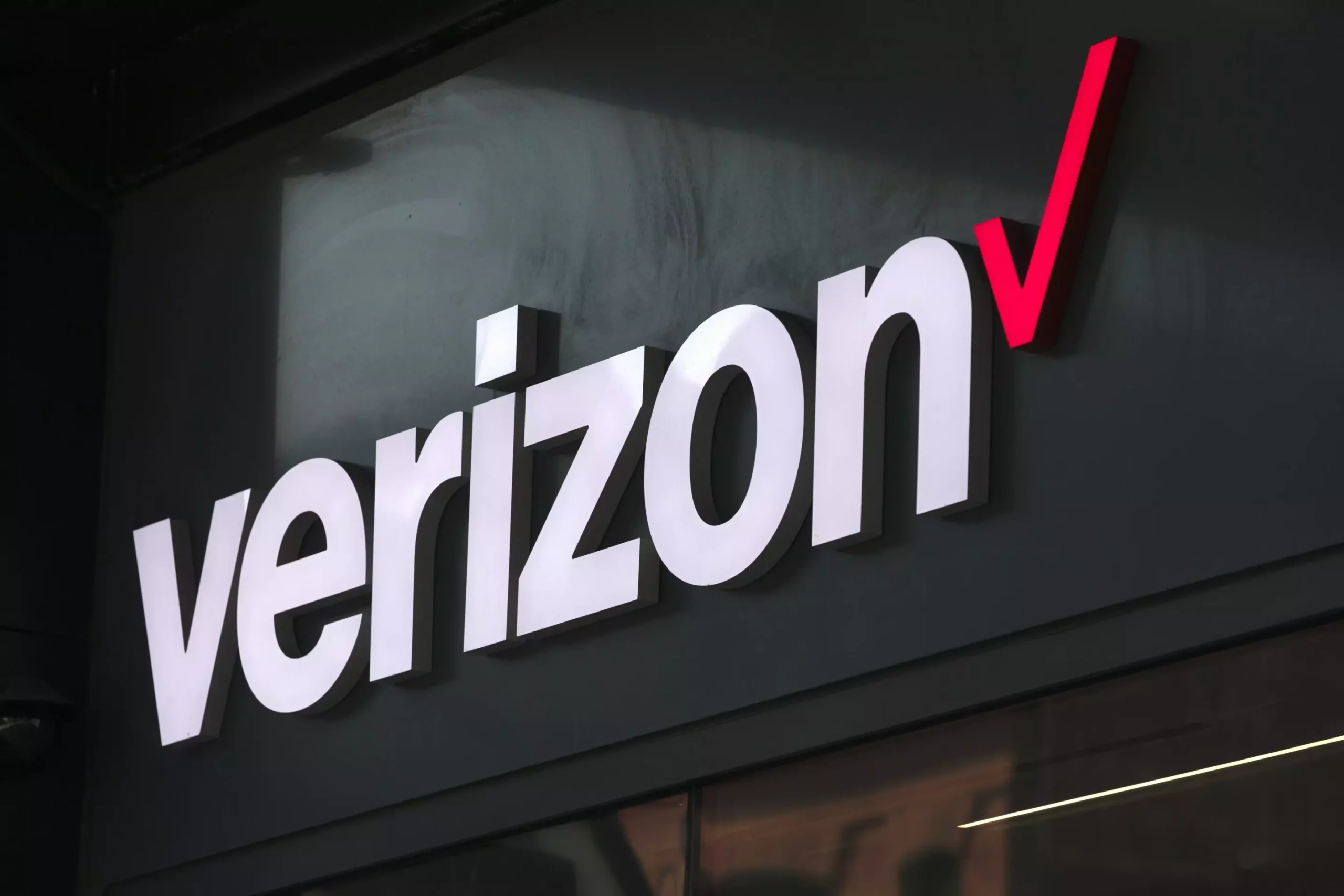On a seemingly routine Monday, a significant service disruption struck Verizon customers across the United States, revealing vulnerabilities within one of the country’s leading telecommunications providers. Initial reports indicated that upwards of 100,000 customers experienced issues with their cellphone service shortly after 11 a.m. ET. As the day progressed, the wave of complaints notably waned; however, by 4 p.m. ET, a staggering number of almost 48,000 individuals continued to report connectivity problems. This widespread disruption not only impacted urban areas but also reached remote and more rural regions, illuminating the extensive reliance on cellular networks across diverse communities.
The outage’s impact was felt across various regions, with significant reports emanating from the Southeastern U.S., an area already grappling with the aftereffects of Hurricane Helene. The timing of the service interruption intensified user frustration, as many were likely dependent on reliable communication channels amidst ongoing recovery efforts from the storm. Reports from other regions, including the West Coast, Midwest, and Northeast, indicated a troubling lack of connectivity, showcasing that the issue was not geographically isolated. Social media platforms became a hub for distraught customers to air their grievances, amplifying the conversation surrounding the disruption and raising questions about the robustness of Verizon’s infrastructure.
Corporate Response and Social Media Communication
In the face of growing discontent, Verizon took to social media to address the burgeoning crisis. A statement shared via platform X acknowledged the developing situation and reassured customers that engineers were actively investigating the root cause. The company’s efforts to communicate with their customer base highlighted the importance of transparency in crisis management. However, while acknowledging the outage, Verizon’s message lacked specifics regarding the nature of the problem, which may have left many customers feeling anxious and underserved during a critical time.
Following the breakdown, the Federal Communications Commission (FCC) also weighed in on the situation, signaling its intention to probe the underlying causes of the outage. While the FCC’s involvement showcased potential regulatory scrutiny, the lack of concrete information regarding the cause may perpetuate user speculation and concern over the reliability of Verizon’s services moving forward.
In these challenging times for affected customers, solutions such as Wi-Fi calling emerged as invaluable alternatives. For those grappling with connectivity issues, accessing nearby Wi-Fi networks could prove to be a lifeline. Both Android and iOS devices typically offer Wi-Fi calling capabilities that users can activate in their settings, thus facilitating continued communication even when cellular networks falter.
The recent Verizon service outage should serve as a reminder of the critical nature of robust telecommunications infrastructure. As service providers navigate the complexities of maintaining and upgrading their systems, the need for transparent communication and rapid issue resolution becomes paramount. Customers increasingly expect reliable service, especially during times of crisis, and companies must prioritize contingency plans to mitigate future disruptions. In an interconnected world, the invulnerability of telecommunications is paramount, and organizations must remain vigilant in their efforts to keep users connected during unforeseen challenges.



Leave a Reply